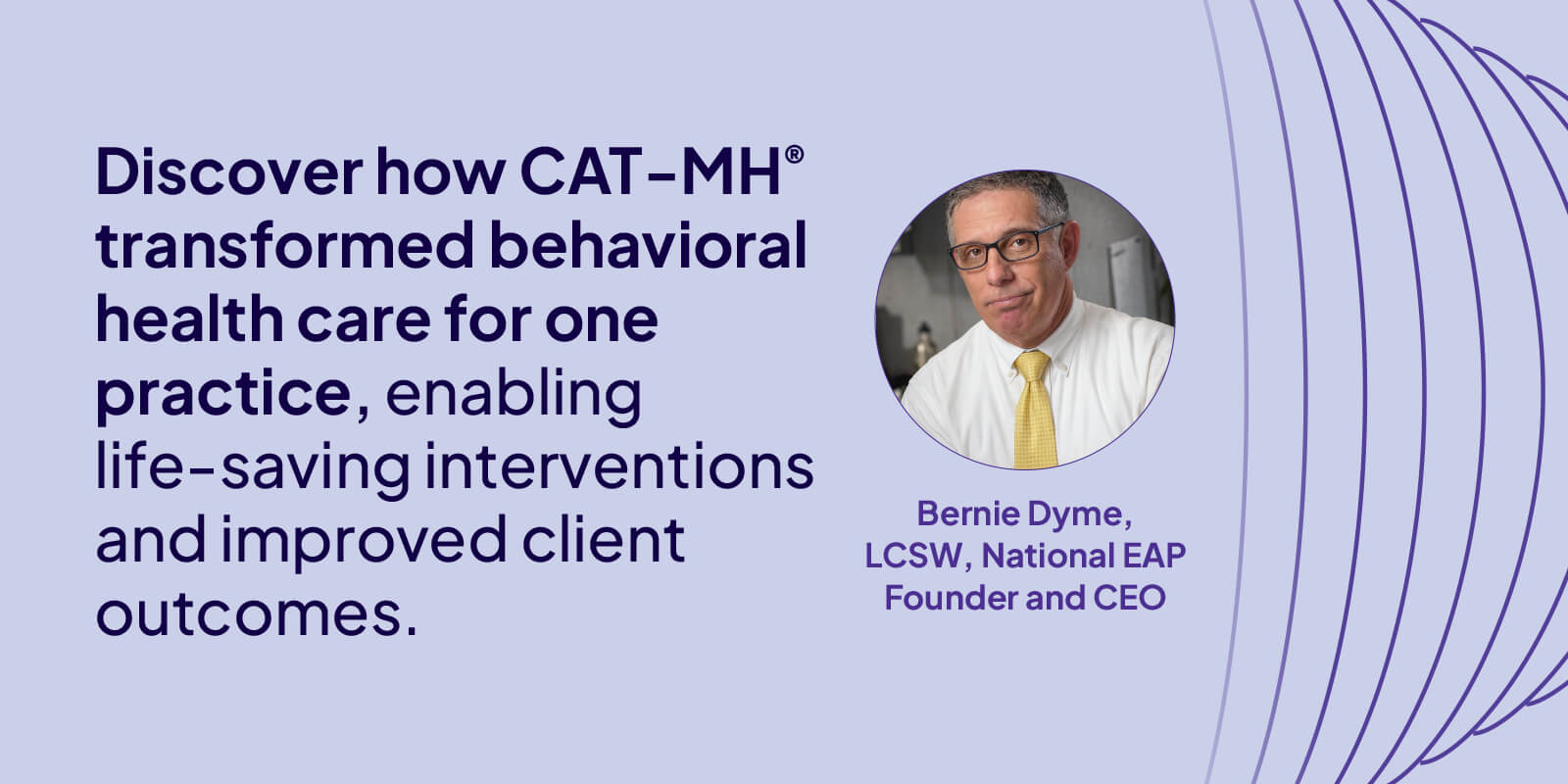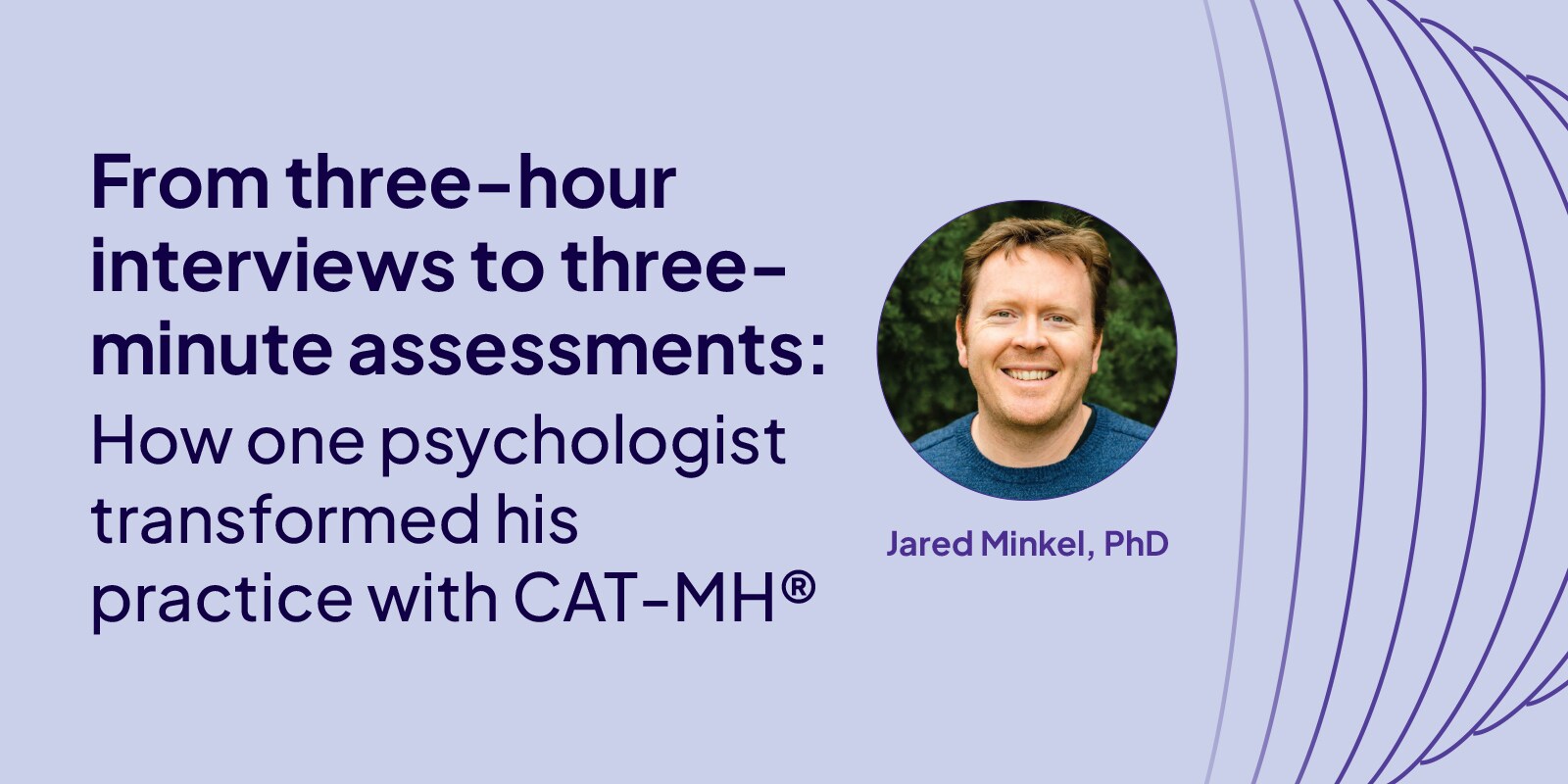The Evolving Role of Tau: From Pathology to Precision in Alzheimer’s Diagnosis
by

What if one of the most overlooked proteins in the brain turned out to hold the key to understanding—and eventually treating — Alzheimer’s disease?
That question was at the center of a recent Pearson-sponsored podcast series, The Progress Profile: Alzheimer’s Research in Focus. Leading Alzheimer’s researcher Dr. Philip Scheltens joined moderator moderator, John Harrison, Ph.D., CPsychol, CSci, AFBPsS, an associate professor at Alzheimercentrum, AUmc, Amsterdam, to explore how tau has moved from a supporting role in the “amyloid hypothesis” to a central player in diagnosis, imaging, treatment, and precision medicine.
Read more




